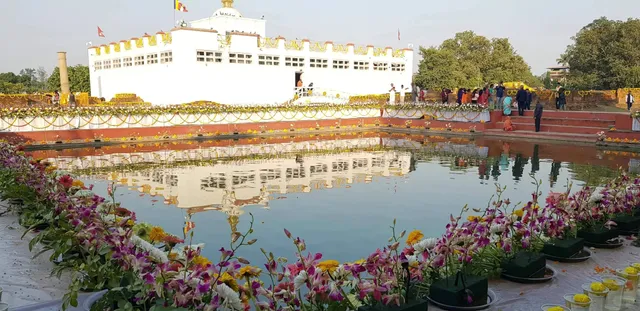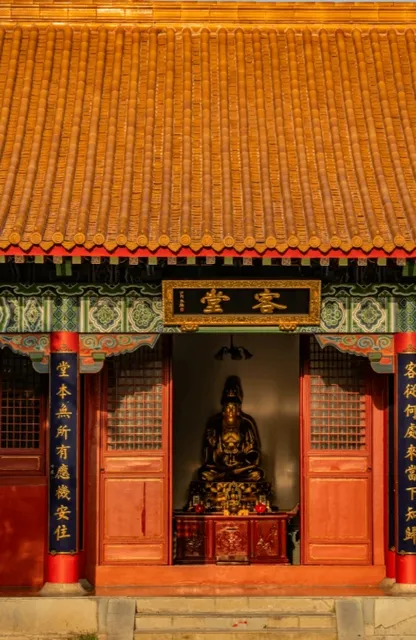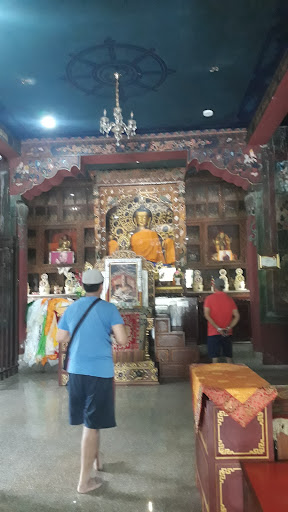Maya Devi Temple things to do, attractions, restaurants, events info and trip planning
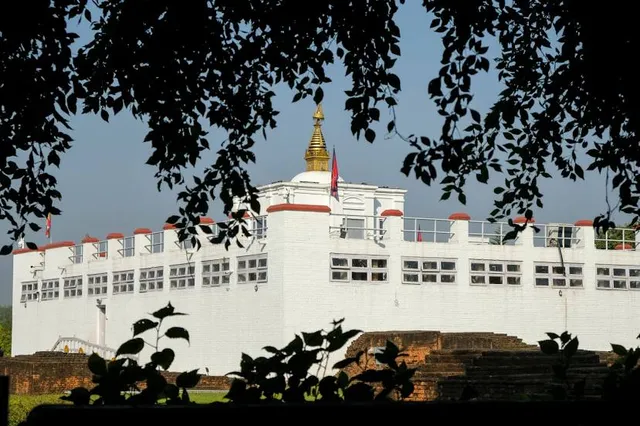
Basic Info
Maya Devi Temple
F79G+V85, तौलिहवा रोड, Lumbini Sanskritik 32900, Nepal
4.7(1.6K)
Open 24 hours
Save
spot
spot
Ratings & Description
Info
Maya Devi Temple is an ancient Buddhist temple situated at the UNESCO World Heritage Site of Lumbini, Nepal. It is the main temple at Lumbini, a site traditionally considered the birthplace of Gautama Buddha. The temple stands adjacent to a sacred pool and a sacred garden.
Cultural
Scenic
Family friendly
Accessibility
attractions: Myanmar Golden Temple, restaurants: Namaste lumbini Tandoori family restaurant and guest house, Kudan Restaurant Lumbini - Hotel Peaceland, Himalayan Restaurant Lumbini, Arksh Rooftop Garden & Grill (Hookah | Bar & BBQ | Pool | Karaoke) | Event/Meeting Hall Lumbini
 Learn more insights from Wanderboat AI.
Learn more insights from Wanderboat AI.Plan your stay

Pet-friendly Hotels in Lumbini Province
Find a cozy hotel nearby and make it a full experience.

Affordable Hotels in Lumbini Province
Find a cozy hotel nearby and make it a full experience.

The Coolest Hotels You Haven't Heard Of (Yet)
Find a cozy hotel nearby and make it a full experience.

Trending Stays Worth the Hype in Lumbini Province
Find a cozy hotel nearby and make it a full experience.
Reviews
Nearby attractions of Maya Devi Temple
Myanmar Golden Temple

Myanmar Golden Temple
4.5
(433)
Open 24 hours
Click for details
Nearby restaurants of Maya Devi Temple
Namaste lumbini Tandoori family restaurant and guest house
Kudan Restaurant Lumbini - Hotel Peaceland
Himalayan Restaurant Lumbini
Arksh Rooftop Garden & Grill (Hookah | Bar & BBQ | Pool | Karaoke) | Event/Meeting Hall Lumbini
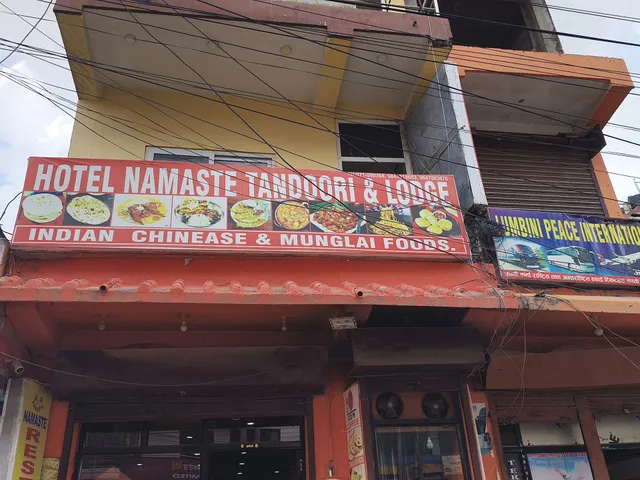
Namaste lumbini Tandoori family restaurant and guest house
4.6
(41)
Click for details
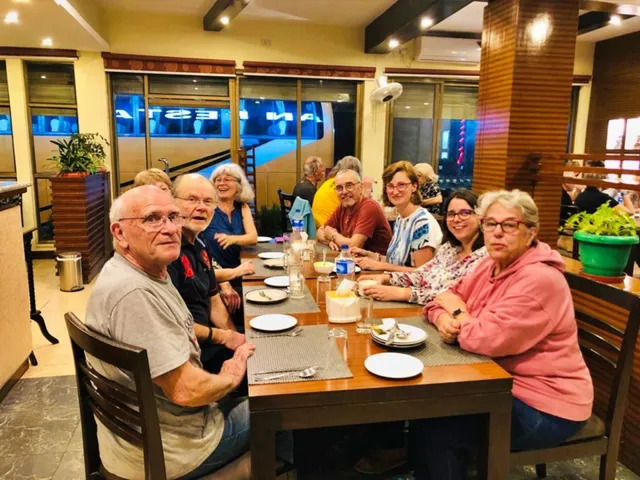
Kudan Restaurant Lumbini - Hotel Peaceland
4.6
(37)
Click for details
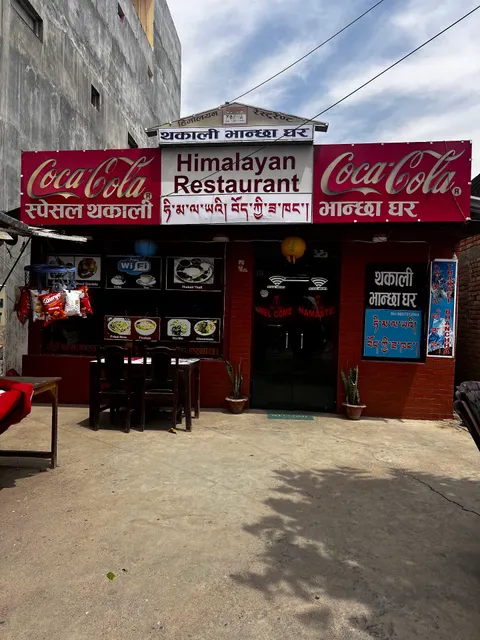
Himalayan Restaurant Lumbini
4.2
(10)
Open until 11:00 PM
Click for details

Arksh Rooftop Garden & Grill (Hookah | Bar & BBQ | Pool | Karaoke) | Event/Meeting Hall Lumbini
5.0
(6)
Open until 10:00 PM
Click for details



